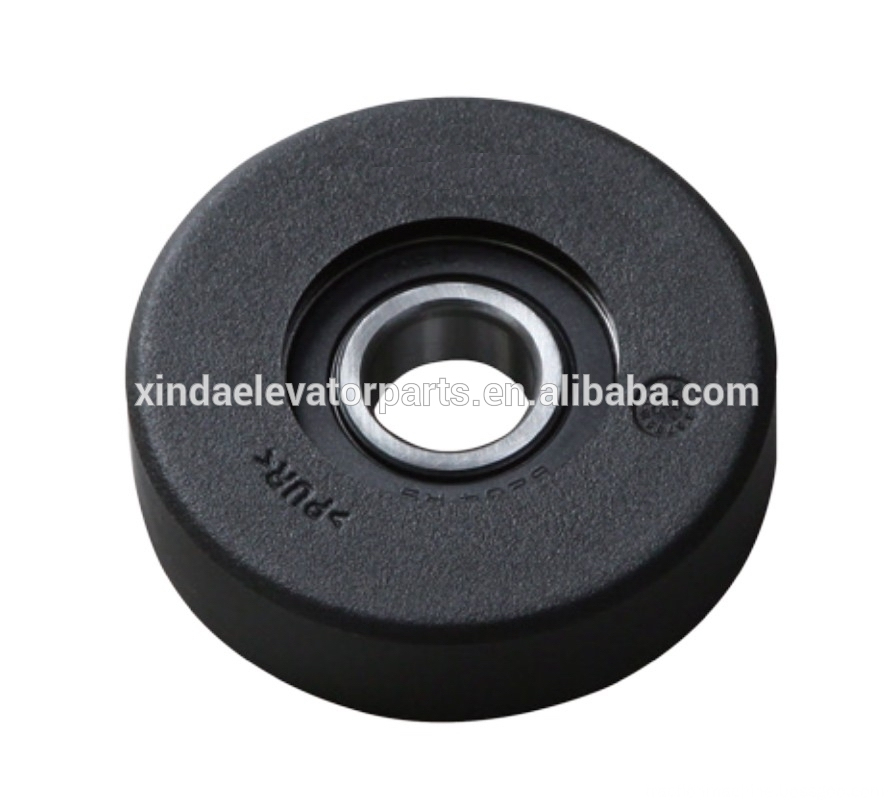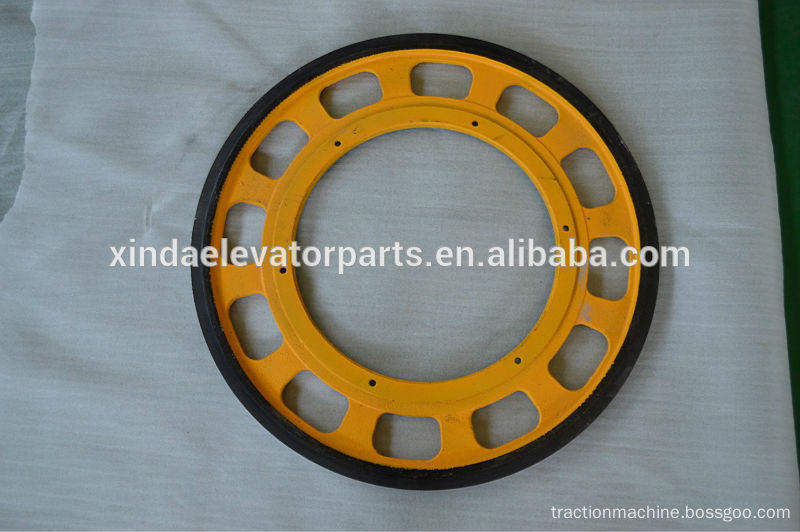Inkjet generally refers to the output of outdoor advertising pictures, and the pictures it outputs are very large. For example, many billboard pictures next to the highway are the result of the inkjet machine output. The output models are: NRUSALSA 3200, Caishen 3200, etc., generally with a maximum width of 3.2 meters. The media used by the inkjet printer is generally advertising cloth (commonly known as light box cloth), and the ink uses oily ink. In order to ensure the durability of the picture, the inkjet company generally has a darker color than the color on the display. The actual output image resolution generally only needs 30 ~ 45DPI (according to printing requirements), the actual size of the screen is relatively large, with an area of ​​hundreds of square meters.
Photographs generally refer to indoor use, and the pictures it outputs are generally only a few square meters in size. Such as small screens of advertisements used by manufacturers at exhibitions. Output models such as: HP5000, generally the maximum width of 1.5 meters. The media used in the photo machine is generally PP paper and light film, and the ink uses water-based ink. After the output image is finished, the film and the mounting board are only considered as a finished product. The output resolution can reach 300-1200 DPI (different models will have different), and its color is relatively saturated and clear.
Here we briefly introduce some simple requirements for making and outputting images in inkjet and photo shoot.
1. Size:
The size of the inkjet image is the same as the actual required screen size. It is different from printing, and there is no need to leave a bleeding part. In the inkjet company, there is generally a white border after outputting the picture. In general, it is left with the net edge of 10CM. As shown in the figure, you can agree with the inkjet output company, how many sides are left for buttonholes. The price is calculated per square meter, so the screen size is in centimeters.
2. Image resolution requirements:
The painted images are often very large, and it should be understood that "deep in Lushan does not know the true face of Lushan". That's the case with inkjet graphics. If the big screen still uses the printed resolution, then the computer will be exhausted. However, there is no standard requirement for the resolution of the inkjet image. The following is the resolution I use when I use different sizes. I can refer to it: image area (square meter) 180—infinity 30—-1801—30 resolution (dpi) 11.2522.545
Note: Because most current inkjet printers use 11.25DPI, 22.5DPI, and 45DPI as the image requirements for output, reasonable use of image resolution can speed up the speed of drawing.
The general situation of the photo requires 72DPI / inch. If the image is too large (such as the file size exceeds 400M when the new image is displayed in PHOTOSHOP), you can appropriately reduce the resolution and control it within 400M.
3. Image mode requirements:
CMKY mode is uniformly used for inkjet printing, and RGB mode is prohibited. The current inkjet printers are all four-color inkjets, and their colors are very different from the printing colors. Of course, when drawing, the printing standards will be followed. The inkjet company will adjust the color of the screen to be close to the sample.
The photo can use CMKY mode or RGB mode. Note that the value of red in RGB is defined by CMKY, that is, M = 100Y = 100.
4. The black part of the image requires:
It is strictly forbidden to have a single black value in the inkjet and photo images. It must be filled with C, M, and Y colors to form a mixed black. If it is big black, it can be made as follows: C = 50M = 50Y = 50K = 100. Especially when using the effects brought by PHOTOSHOP, pay attention to changing the black part to four-color black, otherwise there will be horizontal lines on the black part of the screen, affecting the overall effect.
5. Image storage requirements:
It is best to save the inkjet and photo images in TIF format, but please note that the compressed format is not available.
The size of the inkjet. Sometimes the picture should be bleeding, if the machine shrinks, it will not be bleeding, then the printed size is smaller than the size on the computer. Especially the big picture is more obvious. General bleeding is 0.1 meters of bleeding per meter. At that time, it depends on the situation of each company.
Image color. If customers take photos to scan and ask for writing, it is recommended not to convert the color mode to CMYK mode. Just make a little adjustment in the original color mode. Of course, it depends on the results scanned by the scanner.
It doesn't matter if the photo is printed directly in RGB, and inkjet printing won't work. The color is too much. Image storage requirements. It has always been in tif format, but compressed formats can also be stored. The number of points depends on the situation. Inkjet printing is generally 30dpi and photo printing is generally 72dpi. If the picture is large, it can be reduced accordingly. The smallest dot I have done is 10dpi, 300 square. No matter how big it is, you can make it in several paragraphs. The photo is generally not less than 50dpi. Regarding the small number of dots, the picture will not be blurred, but will produce strong aliasing. Conversely, if you increase the number of dots and enlarge the picture, it will become blurred, and the aliasing is less obvious. If you do it in general, you can do it in two ways and think for yourself.
Regarding the compression format, the general printing company requires tiff, cmyk format. Its practical jpg is also a must, but the compression ratio must be higher than 8, otherwise the picture quality is not guaranteed. For the case where the original picture is small and blurred after being enlarged, the amount of noise can be increased appropriately.
product
- Stainless Steel Step for Escalators
- E21000419 Friction wheel for handrail belt escalator spare part
- T133.3 Step chain for escalator escalator spare part
- Step wheel 75x23.5 bearing 6204 for escalator spare part
- Step wheel 80x22 bearing 6204 for escalator spare part
- ESC-3 Escalator Step Chain, escalator roller spare part escalator part
- ESC-8 Escalator Step Chain, escalator roller spare part escalator part
Specifications
- Long life & stable
- Strong structure
- Factory made



Escalator Rollers, Escalator Chains, Escalator Sensor, Escalator Skirt Brushes
Ningbo Xinda Elevator Traction Technology Co., Ltd. , https://www.xinda-elevator.com